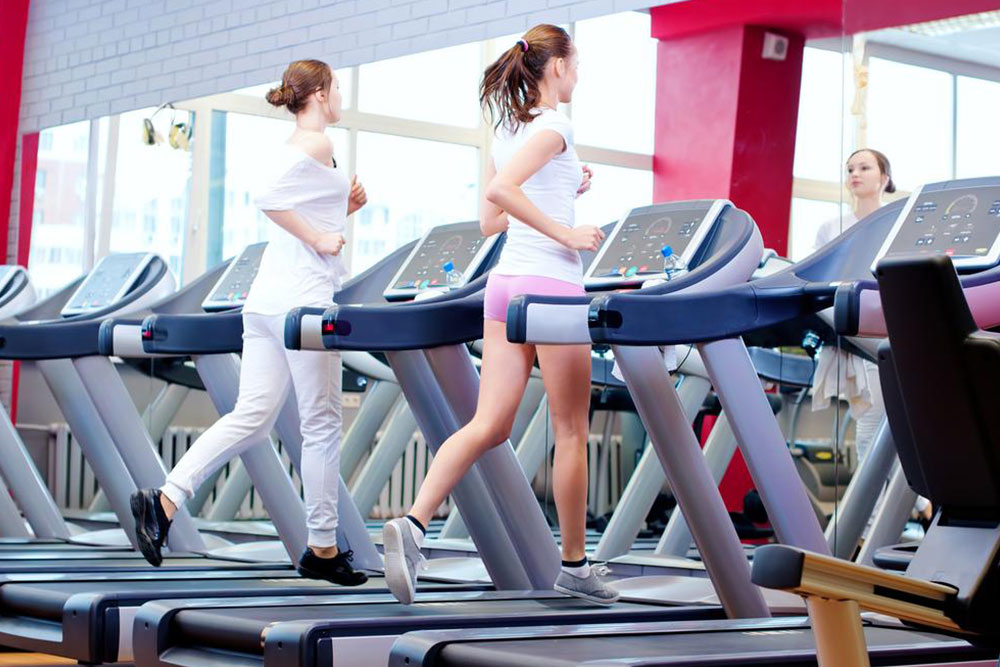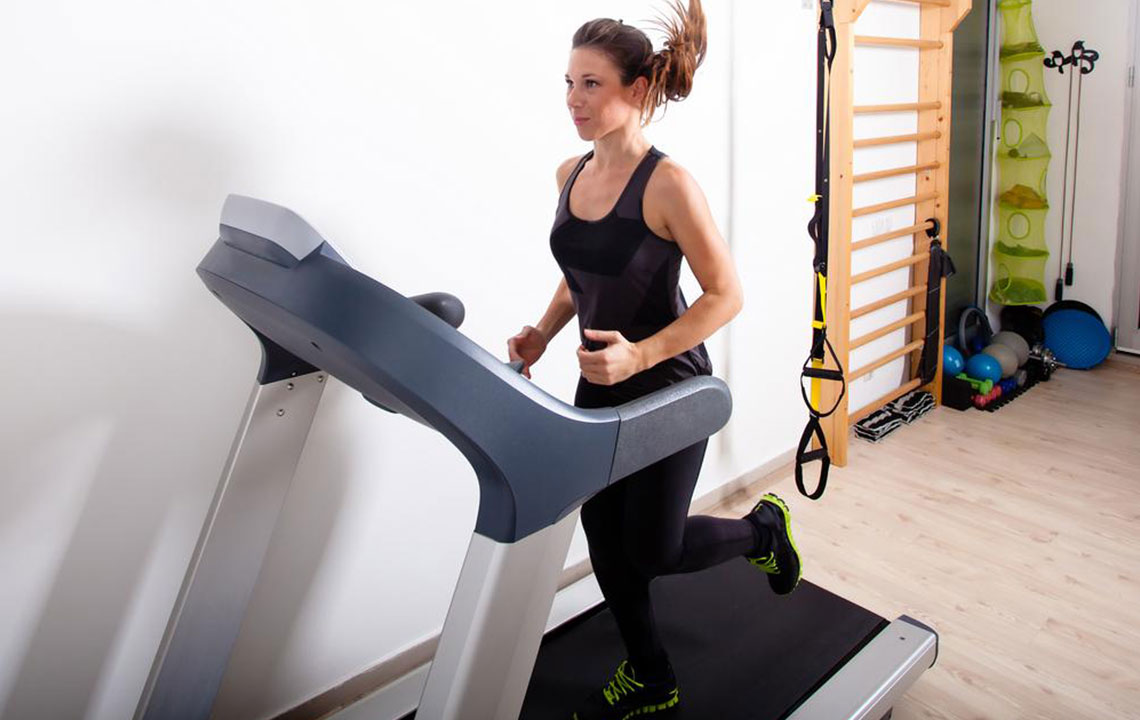All About Treadmills: Benefits, History, and Buying Tips
Explore the essentials of treadmills, from their history and benefits to key features to consider before buying. Learn how these versatile machines enhance fitness routines, improve cardiovascular health, and fit into busy lifestyles. Understand the types available and common drawbacks to make an informed choice for your home gym.

Comprehensive Guide to Treadmills
Introduction to Treadmills
Treadmills are widely used fitness machines ideal for effective aerobic exercise at home. Known for their simplicity and accessibility, they are ideal for beginners and seasoned athletes alike. Walking, jogging, and interval training on a treadmill help boost endurance, strength, and cardiovascular health, offering both physical and mental benefits. Their popularity stems from ease of use and versatile workouts, making them a staple in many home gyms.
Historical Background
The origins of treadmills trace back to the first century AD, where Romans used them for heavy lifting tasks.
William Staub, a mechanical engineer, designed the first treadmill suitable for home use.
Inspired by Dr. Kenneth H. Cooper’s 1968 book "Aerobics," Staub developed the treadmill to facilitate convenient fitness routines.
What to Consider When Choosing a Treadmill
Investing in a treadmill requires careful consideration of features to ensure it fits well in your home and meets your fitness needs:
Opt for models with higher motor power (1.5 to 3.0 HP) for smoother and quieter operation.
Ensure the running surface is spacious enough to accommodate natural stride lengths for safety.
Choose a treadmill with appropriate cushioning to minimize joint impact without sacrificing stability.
Look for an easy-to-use electronic control panel for effortless programming and monitoring.
Consider noise levels— quieter motors make for a more comfortable environment.
Check stability features like sturdy construction and handrails for safety during workouts.
Advantages of Using a Treadmill
Treadmills are among the simplest home workout equipment, suitable for varying fitness levels.
The consistent running surface helps prevent tripping hazards encountered outdoors.
Users can control speed, incline, warm-up, and cool-down phases, customizing workouts to their goals.
A single treadmill can serve multiple users without structural modifications.
Modern models often include heart rate monitors and step counters to track progress.
Running on a treadmill burns calories faster compared to other home gym devices.
The ability to multitask (like watching TV or reading) during workouts makes exercising more engaging.
Many users report greater calorie expenditure compared to other equipment types.
Limitations of Treadmills
High-quality models can be pricey, often exceeding $2,000.
Surface cushioning may cause joint stress if not properly selected or maintained.
Require adequate space—typically 36 inches wide and 72 inches long.
Maintenance may need professional servicing due to complex electronics.
Some models produce loud noise, disrupting quiet environments.
Treadmills can be somewhat monotonous, limiting workout variety to walking, jogging, or running.
Different Types of Treadmills
Yes, treadmills come in several varieties:
Manual treadmills that operate without electricity.
Motorized treadmills powered by an electric motor.
Hybrid models combining features of ellipticals and traditional treadmills.










